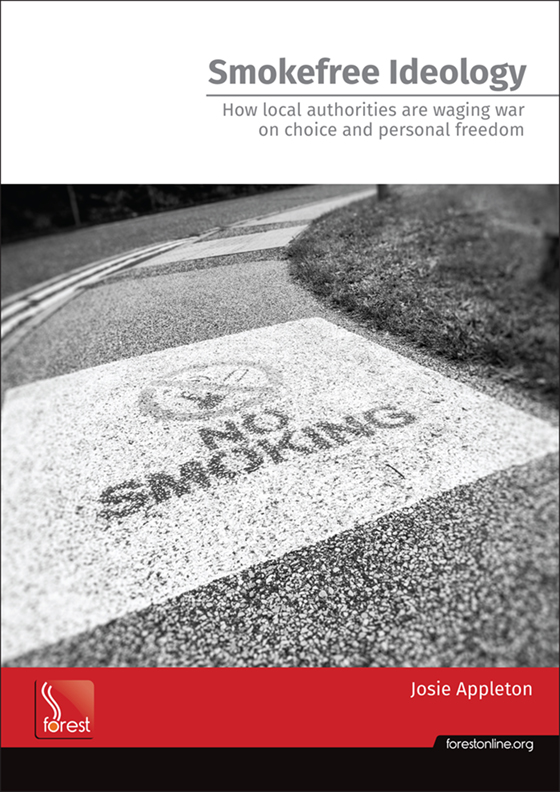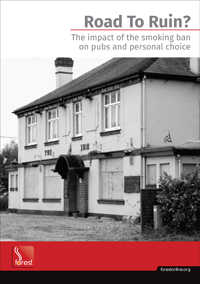Life in the air age
 Sunday, August 4, 2019 at 11:11
Sunday, August 4, 2019 at 11:11 
On Wednesday, God (and Unite) willing, I shall be flying to Seattle from Heathrow.
I won’t bore you with my (mild) fear of flying or my thoughts on air travel in general because I’m sure they are no different to most people’s. To sum up:
The drive to the airport. Parking in the long/mid stay car park. The bus to the terminal. The queue to check-in. The queue for security checks (and the command to remove belt and shoes). The stop and search if you’ve left something in your pocket (a coin perhaps) or failed to remove a tube of toothpaste from your suitcase.
The wait in the crowded departure zone. The long walk to the departure gate and a further wait (possibly standing) in the departure lounge. The queue to board the plane. The confined and claustrophobic space otherwise known as ‘Economy’.
In the air, the queue for the toilet. Occasional (and unannounced) turbulence. For long haul flights you can add extensive periods of boredom plus ‘numb bum syndrome’ which can be excruciatingly painful (or perhaps I’m alone in this).
On arrival more queuing - for baggage (who doesn't get nervous waiting for their luggage to appear?), passport control and, finally, transport (bus, taxi, hire car) to your destination.
It’s hell yet we willingly submit to the ritual humiliation for what is sometimes no more than a few days abroad.
The strange thing is, while I am no fan of air travel and find the whole experience quite stressful, I love reading about the history of commercial flight.
What I still find staggering is the speed at which air travel took off (no pun intended), from the Wright brothers’ first powered flight in December 1903 to the first international passenger flights in 1919.
This year therefore marks ‘One hundred years of international passenger flights’. It’s a remarkable story that includes, for a short period, the airship which was far safer than the commercial planes of the pre-war era but was slower and couldn’t accommodate as many passengers.
Smoking was of course the norm in 1919 and you may be interested to note that:
In a report to the Civil Aerial Transport Committee, Brig-Gen Maitland described the facilities a future passenger airship might offer: “It will have a speed of 90 to a 100 miles per hour with ample accommodation for passengers in the shape of saloon, drawing room, smoking room and state rooms with a lift giving access to a roof garden on the top.”
Elsewhere we read:
In an interview at Rooseveldt Field in Long Island before the return of the R34, the airship’s commander Major George Herbert Scott said: “I predict that in five years we shall have ships of 10,000,000 cubic feet capacity … five times the capacity and twice the length of the R34.
The passenger accommodation would be such that the journey could be made in complete comfort. The cars would be slung under the main envelope and would include drawing-room and dining cars, besides sleeping accommodation. Each passenger could have a daily bath and, as there is no connection between the cars and the envelope, could smoke as much as he pleased. The ship would be quite quiet and there would be plenty of space to move about.”
Aeroplanes, in contrast, were noisy and, because they flew much lower than today’s commercial jets, they experienced far more turbulence.
Despite that - and a far higher number of fatal accidents - we have a rose-tinted view of commercial flying which in the Fifties and Sixties was seen as rather glamorous.
Long before I boarded my first flight (to Portugal) at the age of 12 in 1971, that’s certainly how I regarded it.
In the Sixties we lived not a million miles from Heathrow and I remember my father would drive to the perimeter and we would watch the planes take off and land.
I remember too being taken to Heathrow to see my aunt, who would have been 30, catch a flight to somewhere exotic.
There was little security in those days so anyone could walk in and watch the planes from the viewing gallery which was an open rooftop terrace.
Passengers would walk across the tarmac to the waiting aircraft and wave at friends and relatives on the terrace above. We would still be waving as the plane gathered speed on the runway and took off.
I loved all that which is why I also have a fascination with the airport terminals of the period.
Most are long gone but Dublin airport still has its original terminal building, built in the Fifties, I think.
It’s still in use - not for passengers, obviously - but what I love about it is not just the design but the scale. It’s dwarfed by today’s more modern but less characterful buildings but that itself gives you a sense of history and the relatively small number of people who used to fly.
For that reason too I am fascinated by the old Croydon airport terminal building which is still standing almost a century since it became the world’s ‘first modern, purpose-built airport’.
The grade II listed building (Airport House) now features a visitor centre that is open on the first Sunday of each month (like today, in fact).
A volunteer led ‘micro museum’, it features ‘exhibits and visual images charting the history of Croydon Airport from World War I airfield, London’s international airport, Battle of Britain airfield and closure in 1959.’
I haven’t been yet but it’s on my list of things to do this year. In the meantime I’d better start packing. Terminal 5, Heathrow Airport, awaits.
PS. ‘Life In The Air Age’ from Live In The Air Age by Be Bop Deluxe. One of my favourite albums. Play it LOUD.
Photos courtesy Croydon Airport Visitor Centre

 Simon Clark |
Simon Clark |  1 Comment |
1 Comment | 










Reader Comments (1)
I first flew via Monarch airlines from one of the London airports, Gatwick I think, to Pisa in 1982 with my then 18 month old baby and my mum. Smoking was allowed on the flight. No one complained, staff were very friendly. I flew again the following year.
I next flew in 1997 to San Francisco via American Airlines. Smoking was banned. Staff were rude and unhelpful. Most of my seat was shared by an overly obese man sat next to me. I went again in 1999 and enjoyed a more pleasant flight with Virgin. Smoking had just been banned that year in SF. I visited a bar where it was proudly ignored. I wonder if it still is.
I find flying absolutely traumatic and always have done. I actually cry all the time I am in the air. Smoking distracts me. That's why I try to avoid flying now. I would rather take days or even weeks to reach a destination by car, train or ferry than take a plane but sometimes needs must and I find myself worrying for weeks about it in advance when I have to do it.
The reason I won't go to San Francisco, or any American town anymore is because smokers are not welcome in that country and I will not pay an arm and a leg to be treated like a leper.
I feel the same about other smokerphobic countries like Canada and Australia. Both sound so puritan and abusive to smokers that I wouldn't find holidays there fun but fearful. Because they all involve long haul flights, the worry about flying would outweigh any small measure of fun afforded to smokers in countries that despise them.
I hear today that a Frenchman is the first to cross the channel in a jet pack. Perhaps solo flights are the future but I doubt I would be able to roll a cigarette or light it when both hands would be needed to operate the thing 😂😂